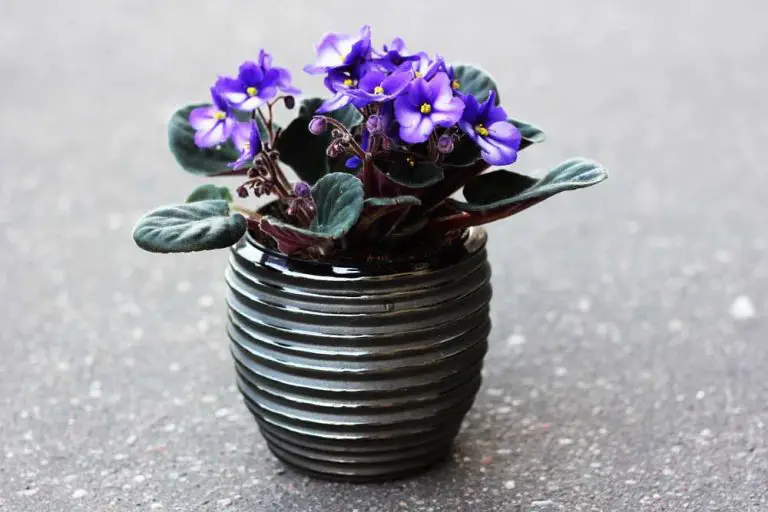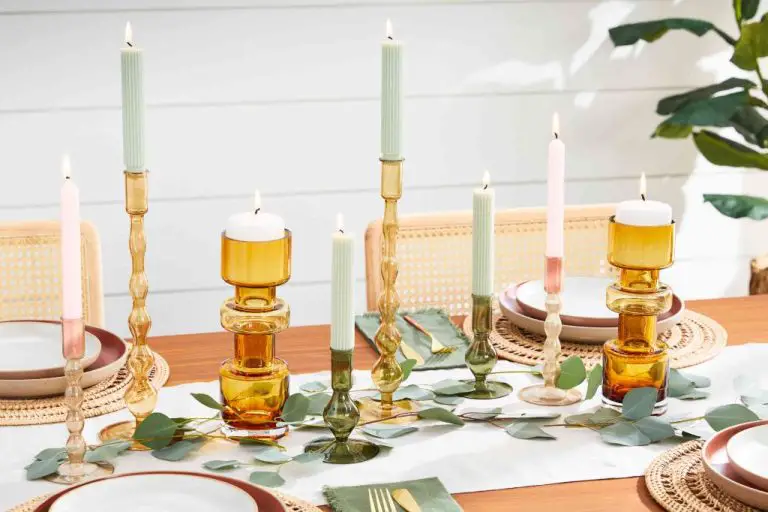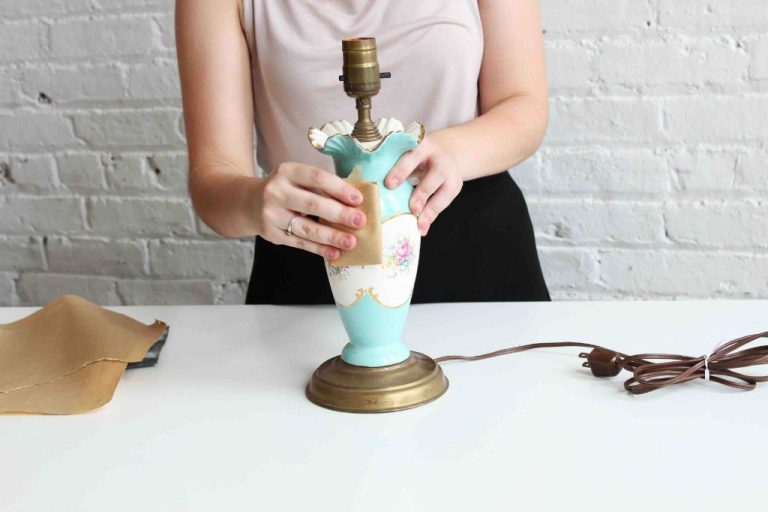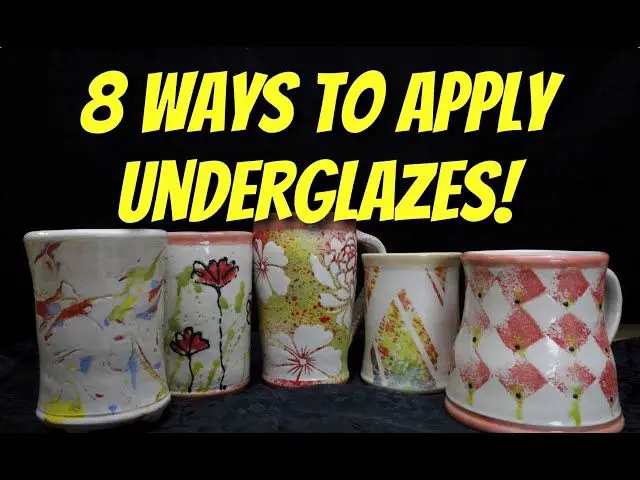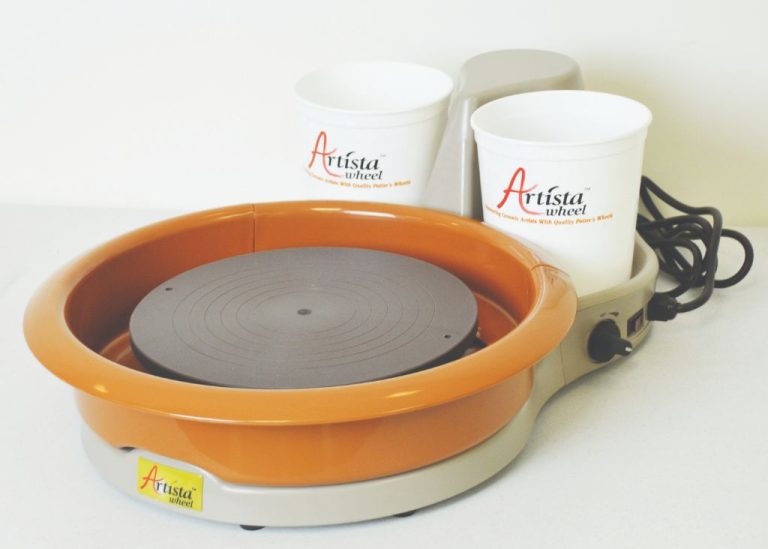How Do I Set Up An Art Studio In My Garage?
Determine Your Space and Layout
The first step in setting up an art studio in your garage is to measure the overall space and determine the ideal layout for your needs. Consider the dimensions and shape of the garage to maximize the usable floor space (https://www.pinterest.com/rainbowjane/garage-art-studio/). Measure wall length and width, accounting for garage doors, windows, pillars, and any oddly shaped nooks. Make a rough sketch of the garage interior to visualize furniture and equipment placement.
Plan where key equipment like easels, worktables, and shelving will go while allowing enough room to move around comfortably. Place messy activities like painting and clay work near the garage door for quick clean up. Position storage along the walls or consider installed wall cabinets for optimal use of vertical space (https://www.pinterest.com/sewwendy/garage-studio/). Ensure all materials and tools will be within easy reach. Allow space for completed artworks to dry.
Consider how to store art supplies neatly while keeping frequently used items accessible. Shelving, cabinets, bins, and drawers can corral smaller items. For larger pieces like canvases and easels, utilize vertical space by mounting storage racks and pegboards on the walls. A dedicated storage closet could house infrequently used supplies. Plan enough storage to keep the workspace organized and inspire creativity.
Prepare the Space
The first step in setting up an art studio in your garage is to thoroughly clean, organize, and declutter the space. Remove any items you no longer need and find storage solutions for items you want to keep, such as shelves, bins, or a storage loft. This will maximize the open floor space available for your studio setup.
Next, repaint the walls a light, neutral color like white or beige to help reflect light and make the space feel bright and airy. According to Annestine.com, they painted their garage walls white for optimal lighting. You may also want to paint the ceiling white if it’s currently a dark color [1].
Installing additional lighting is also recommended if the existing garage lighting seems dim or casts shadows. Add LED shop lights, track lighting, or pendant lights as needed to illuminate your workspace and create ideal lighting conditions for creating art [2]. Make sure lights are adjustable and positioned to avoid glare on your work surfaces.
Flooring
When choosing flooring for your garage art studio, it’s important to pick a material that is slip-resistant and easy to clean. Popular options include concrete, vinyl, and linoleum tiles.
Concrete provides a durable, seamless floor that can stand up to heavy use. It’s easy to clean by simply sweeping and mopping. However, concrete can get cold in the winter without added insulation. Vinyl flooring comes in sheets or interlocking tiles. It’s affordable, waterproof, and available in a variety of colors and patterns. Vinyl also provides some insulation against cold from the concrete slab. Linoleum tiles are natural, nontoxic, and moisture resistant. They are comfortable to stand on for long periods and come in many color choices.
No matter which flooring you select, look for textured, matte finishes that provide grip and minimize slips. Glossy surfaces can get slippery when wet with paints or other art materials. Proper sealing also makes floors easier to clean when accidents happen.
Ventilation
Proper ventilation is crucial when setting up an art studio in a garage to deal with fumes from solvents, paints, and other art materials. According to an article on Muddy Colors, “In this article we are going to cover proper studio ventilation for the artist, with a focus on dealing with solvents.” (https://www.muddycolors.com/2017/12/studio-safety-part-1-ventilation/)
Installing an exhaust fan is recommended to actively ventilate the space and remove fumes. Position the exhaust fan near where you will use solvents and other materials that produce fumes. Make sure the fan is powerful enough for the size of the space – around 1 CFM per square foot is a good target. Using a fan with a low noise level will keep the studio peaceful.
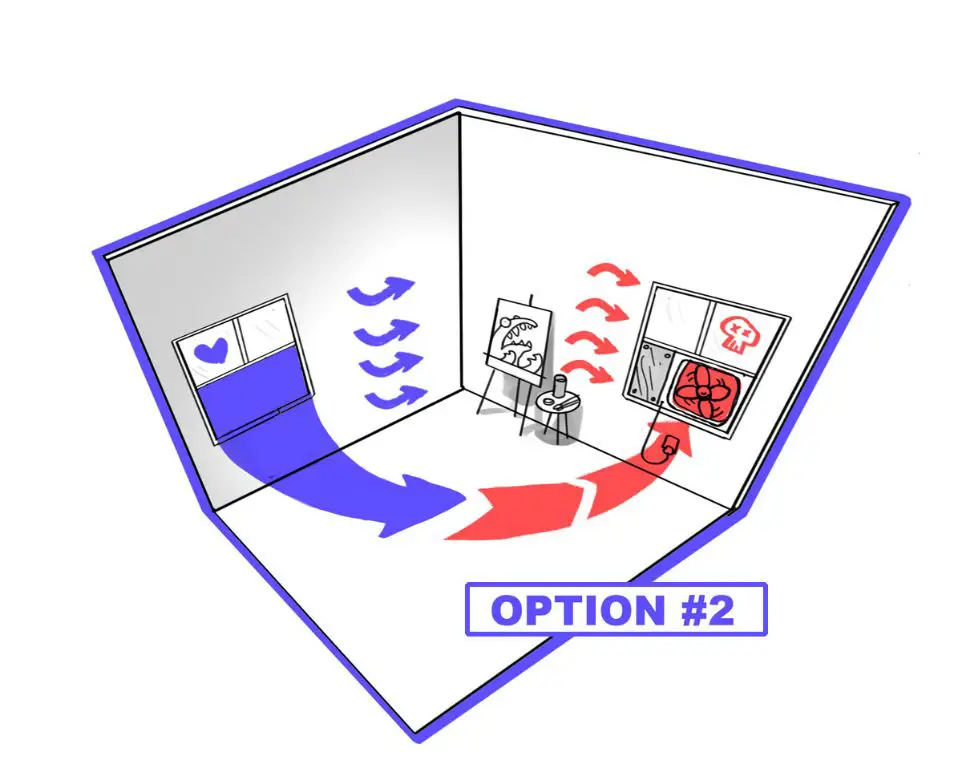
Opening the garage door can also help provide ventilation through passive air exchange. When weather permits, open the doors to let fresh air circulate. You can also install louvers or screens on the garage door to allow more airflow when the door is closed.
With proper exhaust fans and utilizing the large garage door opening, you can effectively ventilate an art studio in a garage space.
Temperature Control
Temperature regulation is important for maintaining a comfortable art studio environment. Extreme temperatures can affect materials and make it difficult to focus on creative work. For a garage art studio, the best options are likely using space heaters in cold weather and fans for warmer temperatures. Make sure to properly ventilate when using a space heater 1.
Depending on your climate, insulation may also help regulate temperature. Adding insulation to the walls and ceiling can help keep a garage warmer in winter and cooler in summer. Make sure insulation is installed properly to avoid moisture and condensation issues. Adequate insulation paired with space heaters and fans provides an economical way to maintain a comfortable temperature for your art studio.
Set Up Workspace
To create a functional art studio space in your garage, you’ll need to set up adequate work areas and surfaces. Obtain sturdy tables or counters that can withstand art supplies, paints, solvents, and the wear-and-tear of artistic creation. Look for surfaces that are waterproof and easy to clean. Many artists use old doors placed across sawhorses for makeshift tables.
Add stools, easels, or drawing boards as needed based on the types of art you plan to make. Easels hold canvases upright for painting and drawing. Stools allow you to sit comfortably at a worktable. Drawing boards can be propped at an angle on a table when working on paper projects. Consider workflow and arrange your workspace furniture in a way that makes sense for your process.
Organize Supplies and Storage
Proper storage and organization of art supplies is key for an efficient and inspiring garage art studio. Install shelves, cabinets, and pegboards to neatly store all of your materials. Here are some tips:
Maximize your vertical wall space by mounting shelves and small cabinets. Prioritize frequently used supplies by placing them at eye-level on easy to reach shelves. Install pegboards to hang small tools like paint brushes.
For large flat items like canvases and drawing boards, lean them neatly against the wall. You can also install customized racks. Store paint tubes and jars in cabinets or drawer organizers.
Categorize supplies like paints, drawing materials, adhesives, tools, etc. Label the shelves, bins, or storage boxes. This makes it easy to find what you need and also return it back to its designated spot.
Maintain tidiness and clean work surfaces for a clutter-free environment. Having an organized art studio inspires creativity and makes art-making enjoyable.
Safety Considerations
When setting up an art studio in your garage, safety should be a top priority. Here are some key things to consider:
Have a fire extinguisher on hand in case of emergency. Fires can start quickly when flammable materials like paints, thinners, and solvents are being used. Make sure the extinguisher is rated for Class B fires that involve flammable liquids. Check it regularly to ensure it is charged and ready for use.
Proper ventilation is critical when working with fumes from paint, thinners, solvents, etc. Consider installing exhaust fans to vent fumes outside. Open windows and doors when possible. Don’t work with hazardous materials when ventilation is poor.
Keep a well-stocked first aid kit nearby. Have supplies available to treat cuts, burns, and other minor injuries. Familiarize yourself with basic first aid procedures.
Ensure adequate lighting, both natural and artificial. Good lighting helps reduce eyestrain and chances of accidents. Position fixtures to illuminate work areas without causing distracting shadows or glare.
Create an Inspiring Environment
Decorating your garage art studio with artwork, plants, and inspiration boards can help stimulate creativity and make the space more inviting. Hanging your own art, prints from favorite artists, or pages from art magazines on the walls brings color into the studio and surrounds you with visual inspiration (source). Potted plants not only provide an organic element but also purify the air. Creating inspiration or vision boards with images, fabrics, color palettes, and more provides visual stimulation and helps maintain motivation.
Arranging your workspace intentionally helps maximize productivity and creativity. Make sure your main work area has great lighting and the tools you use most within arm’s reach. Set up your easel near a window for natural light. Organize supplies efficiently so everything has a designated place but is still readily accessible. Make your seating comfortable. Allow open floor space to spread out for large projects. Add visual interest by mounting artwork or inspiration boards on the walls you face while working.
Maintenance
To keep your garage art studio in good working order, you’ll need to perform regular maintenance. This includes sweeping and mopping the floors, wiping down countertops, and cleaning brushes and other art supplies. It’s important to properly clean oil paints, acrylics, and solvents so they don’t dry out. You’ll also want to occasionally dust lighting fixtures, shelves, and storage areas.
Over time, the walls of your studio can get scuffed and dirty. Consider repainting every year or two to freshen things up. Opt for bright, cheerful colors that will inspire creativity. Neutral shades also work well as they allow the art to be the focus.
Don’t forget to check any safety equipment in your studio, including fire extinguishers, first aid kits, and ventilation systems. Replace batteries in smoke detectors and make sure fire extinguishers are properly charged. Proper maintenance helps ensure your creative space remains in good working order for years to come.

